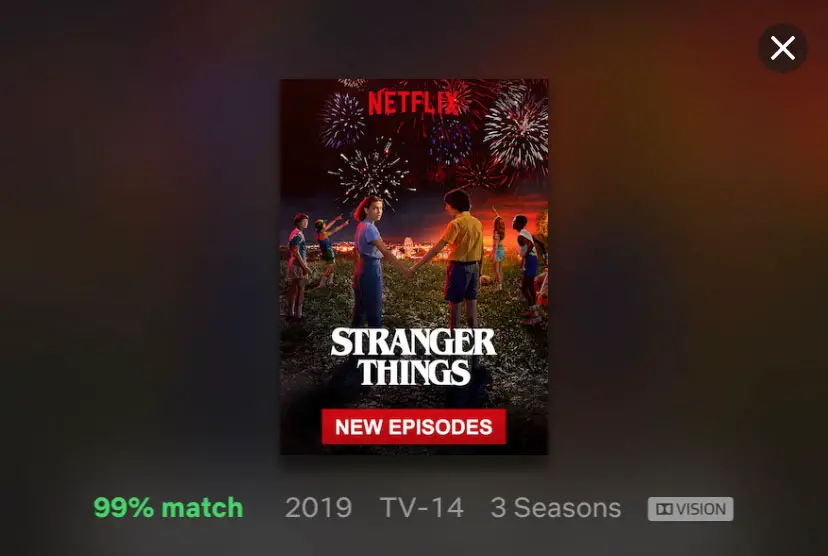
HDR (High Dynamic Range) is a way of encoding digital video that extends the color range on supporting devices and TVs so there is more luminance, brightness, and contrast. As a result, HDR can improve overly bright areas and show more detail and values in dark areas. If utilized correctly HDR can also show color more realistically, reflecting the true colors we see in everyday life.
There are two commonly used HDR formats in digital video for entertainment media: Dolby Vision and HDR10/HDR10+. Both accomplish the same thing but one is proprietary (Dolby Vision) owned by Dolby and the other (HDR10) an open format developed by the Consumer Technology Association. Depending on the 4k Blu-ray Disc or digital version you may find a movie with one or the other or both.
For a long time HDR was only available on more expensive 4k TVs (and not 1080p TVs). But in the last couple of years the price of 4k TVs with support for HDR has gone down. These days you can get a smaller 4k HDR TV for about $250 (Eg. TCL 43” 43S517) or larger, higher-end brand for under $1k (Eg. Sony 60” Bravia X830F).
However, you don’t necessarily need to have a 4k TV with HDR to view HDR content. Some tablets and smartphones display HDR even though the device’s display resolution may not be classified as 4k (2160p). Be sure the device has the latest firmware to ensure support for HDR formats.
Apple iOS
Apple devices that support HDR include iPad Pro 2 second generation or higher, iPhone 8, iPhone X, iPhone XR and higher. See this list of Apple iPhones and tablets that support HDR on Netflix.
Android OS
HDR10 is supported on certain Android models of Honor, Huawei Mate, LG G7, Q9 and more, Samsung Galaxy Note, Samsung Galaxy Tab, and Sony Xperia, as well as One Plus 7/One Plus 7 Pro, Pixel 3, and Razer Phone/Razer Phone 2. For Dolby Vision, the Android OS LG G6 will playback the HDR format. See this list of Android devices that support Netflix HDR.
There are a couple of requirements necessary before viewing HDR content from Netflix. Here they are in a nutshell.
What You Need to Get Netflix HDR on Mobile Devices
Subscribe to 4k
First off you need to sign up for the Netflix Premium plan that costs $15.99 per month. This might cost a bit more than the plan you are on but it does also add multiple streams (up to five screens) at once and 4k UHD resolution.
Pick a 4k HDR title
Then you need to choose a movie or TV show on Netflix that offers 4k Ultra HD (UHD). If a title offers HDR a small icon is displayed as either HDR or Dolby Vision. An SD or HD (High Definition) title won’t give you HDR during playback. 4k movies and shows are available from Netflix to either stream or download.
Sufficient Bandwidth
Since 4k video is actually 4-times the pixel detail as 2k (1080p) it takes up a significant amount of more data. If you’re on a slow internet connection either from Wi-Fi, Ethernet connection, or cellular data plan the 4k streams may not be able to deliver 2160p.
HDR Versions
The HDR version that displays on your tablet or smartphone may vary depending on device. For example, many Netflix shows stream with Dolby Vision on smartphones even though on 4k HDR TVs the video may be using HDR10. On Apple mobile devices Dolby Vision is used exclusively. On Android, HDR10 is mainly used.
Have you been able to watch Netflix HDR on your mobile device? What do you think? Let us know in the comments below.











![Wicked: For Good Is Up For Pre-order On Disc & Digital Including Collector’s & SteelBook Editions [Updated] Wicked for Good digital poster](https://hd-report.com/wp-content/uploads/2025/11/wicked-for-good-digital-poster-324x160.webp)
